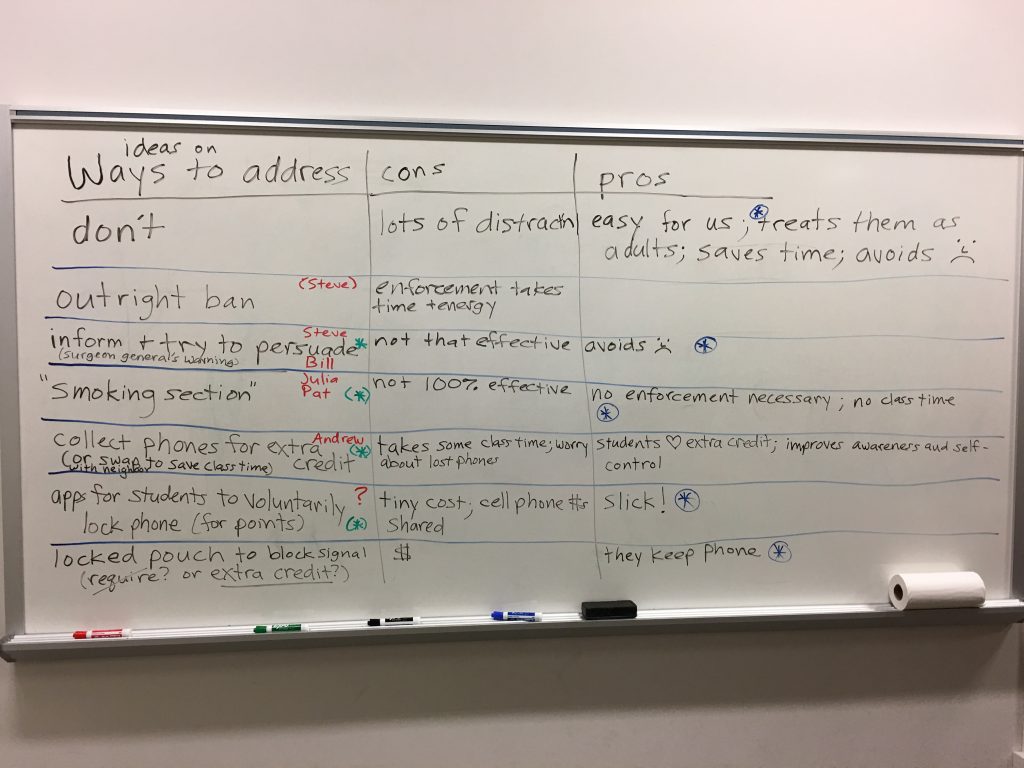Earlier, I wrote about citing sources, but one of the students has just asked me how best to cite the source for a photo. I’m glad he asked; I do think its important to credit sources for images, but unlike plagiarism, we can’t police it so I leave it up to the students to do it. Every year, some photographer or company writes complaining we stole an image, and each year, I go in a remove the offending object. That seems a more time efficient than trying to police the students on this.
But for students who want to give credit where credit is due, and you should, a good way to do it is to use the caption option that comes with the ‘Add Media’ route to posting pictures. When you select a photo to insert into the blog post, on the right hand side of the screen is the Attachment Details panel. One of the options is ‘Caption’. That would be a great place to stick the source.
Note added Oct 20, 2016. Maybe I need to take this issue more seriously. I just got a letter from a lawyer demanding $8000 for a photo a student posted in 2014. It was a thumbnail picture of fruit like anyone could have taken with their phone at a farmers market or at Wegmans….



